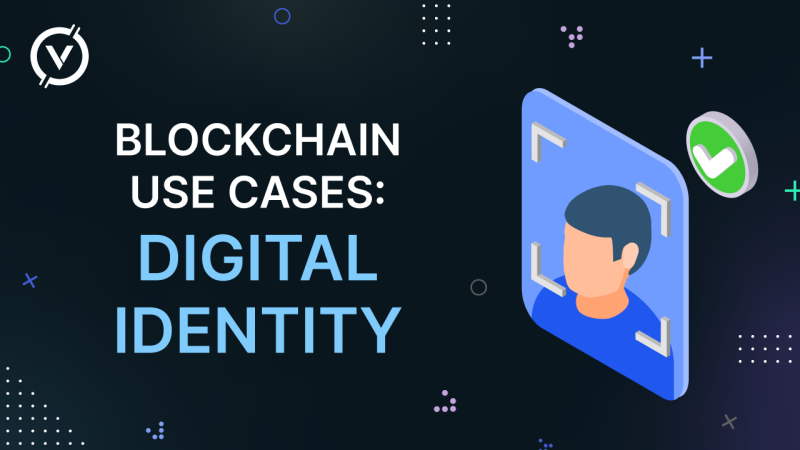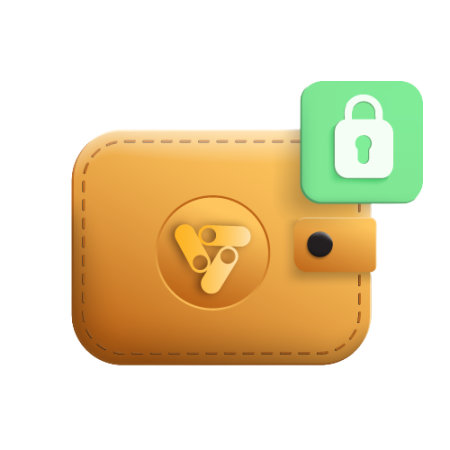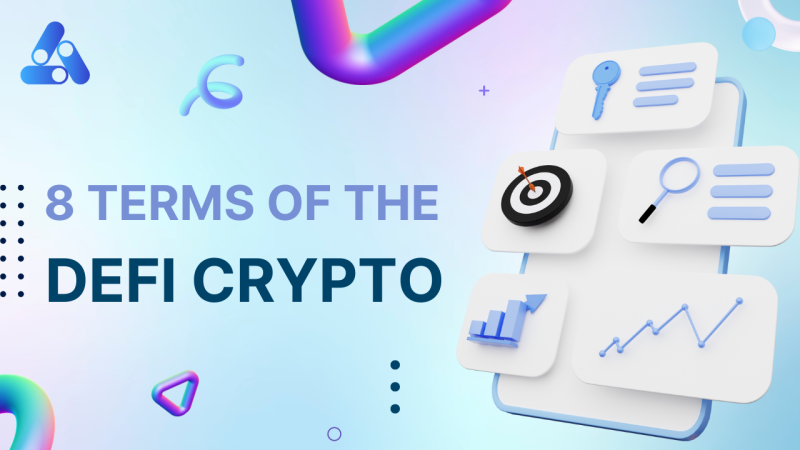What Is Blockchain Technology?
Understanding blockchain as a technical basis for cryptocurrencies begins to understand the entire market, so today we will analyze what blockchain is, how it works and what its development prospects are.
What Is Blockchain Technology?
Understanding blockchain as a technical basis for cryptocurrencies begins to understand the entire market, so today we will analyze what blockchain is, how it works and what its development prospects are.
What Is Blockchain Technology?
Understanding blockchain as a technical basis for cryptocurrencies begins to understand the entire market, so today we will analyze what blockchain is, how it works and what its development prospects are.
What Is Blockchain Technology?
Understanding blockchain as a technical basis for cryptocurrencies begins to understand the entire market, so today we will analyze what blockchain is, how it works and what its development prospects are.
What Is Blockchain Technology?
Understanding blockchain as a technical basis for cryptocurrencies begins to understand the entire market, so today we will analyze what blockchain is, how it works and what its development prospects are.
What Is Blockchain Technology?
Understanding blockchain as a technical basis for cryptocurrencies begins to understand the entire market, so today we will analyze what blockchain is, how it works and what its development prospects are.
What Is Blockchain Technology?
Understanding blockchain as a technical basis for cryptocurrencies begins to understand the entire market, so today we will analyze what blockchain is, how it works and what its development prospects are.
Articles
The concept of blockchain Blockchain is a distributed database that stores information about all transactions made by users in the system. Blockchain technology first appeared in the Bitcoin payment network. There is also the term "distributed ledger technology" (or DLT).
A chain is a sequence of these very blocks. Each successive block is related to the previous block. Following from block to block it is possible to view all transactions, that is, literally keep track of who the user transferred the asset to and who transferred the asset to the user.
The concept of blockchain Blockchain is a distributed database that stores information about all transactions made by users in the system. Blockchain technology first appeared in the Bitcoin payment network. There is also the term "distributed ledger technology" (or DLT).
A chain is a sequence of these very blocks. Each successive block is related to the previous block. Following from block to block it is possible to view all transactions, that is, literally keep track of who the user transferred the asset to and who transferred the asset to the user.
The concept of blockchain Blockchain is a distributed database that stores information about all transactions made by users in the system. Blockchain technology first appeared in the Bitcoin payment network. There is also the term "distributed ledger technology" (or DLT).
A chain is a sequence of these very blocks. Each successive block is related to the previous block. Following from block to block it is possible to view all transactions, that is, literally keep track of who the user transferred the asset to and who transferred the asset to the user.

There is no way to maintain the database - it's certainly not a life and death scenario like an attack on a city without reinforcements, but the idea is the same. If there is no one to monitor the blockchain and provide users with the "right" information, then users should be able to communicate among themselves.

To overcome the potential failure of one (or more) users, blockchain mechanisms must be carefully designed to be resilient to such failures. A system that can achieve this is called Byzantine fault tolerant.

A chain is a sequence of these very blocks. Each successive block is related to the previous block. Following from block to block it is possible to view all transactions, that is, literally keep track of who the user transferred the asset to and who transferred the asset to the user.
The concept of blockchain Blockchain is a distributed database that stores information about all transactions made by users in the system. Blockchain technology first appeared in the Bitcoin payment network. There is also the term "distributed ledger technology" (or DLT).
- How blockchain works
Let's analyze the algorithm for recording a transaction in a blockchain, using the Bitcoin network as an example: A user sends a certain amount of BTC through his wallet to another user. Data about who sent what to whom and how much goes into a blockchain mempool. Mempool is a buffer where transactions that are waiting to be confirmed are stored. When a transaction has "waited" its turn, it is sent to miners - special nodes that have the right to check the information added to the blockchain.


Consider the graph below. On the left A needs to send his message through the server to get it to F. On the right, however, they are connected without an intermediary.
Usually the server stores all the information that users need. If someone leaves the network, the remaining users can still access the blockchain and exchange information with each other.
When a new block is added to the chain, the data is distributed across the network so that everyone can update their copy of the ledger.
News
What are blockchain nodes?
Nodes are so-called machines connected to the network; they store copies of the blockchain and share information with other machines. Users do not need to manually perform these processes. Typically, all they have to do is download and run the blockchain software, and the rest will be done automatically.

Today, the size of the bitcoin blockchain is about 120 GB and continues to grow. This means that each full node should have enough memory to store all the blockchain data to maintain the network.

Today, the size of the bitcoin blockchain is about 120 GB and continues to grow. This means that each full node should have enough memory to store all the blockchain data to maintain the network.

Today, the size of the bitcoin blockchain is about 120 GB and continues to grow. This means that each full node should have enough memory to store all the blockchain data to maintain the network.
Blockchain is ideal for the field of finance and, in particular, for international payments. The process of international transfers, which usually takes a large amount of time, money and parties involved, will, thanks to blockchain, significantly reduce transaction time, costs and the need for a complex information structure.
- Blockchain
- Blockchain
- Blockchain
- Blockchain
- Blockchain
- Blockchain
Nodes are so-called machines connected to the network; they store copies of the blockchain and share information with other machines. Users do not need to manually perform these processes. Typically, all they have to do is download and run the blockchain software, and the rest will be done automatically.

Team









Blockchain size
Today, the size of the bitcoin blockchain is about 120 GB and continues to grow. This means that each full node should have enough memory to store all the blockchain data to maintain the network.
Today, the size of the bitcoin blockchain is about 120 GB and continues to grow. This means that each full node should have enough memory to store all the blockchain data to maintain the network.
There are no names on the blockchain, but that does not mean that the network is completely anonymous. Every user of the network has a wallet address, and everyone in the network can see what transactions have been made from it.
This flaw is primarily common to blockchain networks that support the PoW consensus algorithm. In them, consensus nodes, called miners, are responsible for adding new blocks to the blockchain by solving complex mathematical problems using powerful computer hardware, for which they are rewarded in the network's cryptocurrency.
Blockchain size
Today, the size of the bitcoin blockchain is about 120 GB and continues to grow. This means that each full node should have enough memory to store all the blockchain data to maintain the network.
There are no names on the blockchain, but that does not mean that the network is completely anonymous. Every user of the network has a wallet address, and everyone in the network can see what transactions have been made from it.
This flaw is primarily common to blockchain networks that support the PoW consensus algorithm. In them, consensus nodes, called miners, are responsible for adding new blocks to the blockchain by solving complex mathematical problems using powerful computer hardware, for which they are rewarded in the network's cryptocurrency.
Blockchain size
Today, the size of the bitcoin blockchain is about 120 GB and continues to grow. This means that each full node should have enough memory to store all the blockchain data to maintain the network.











